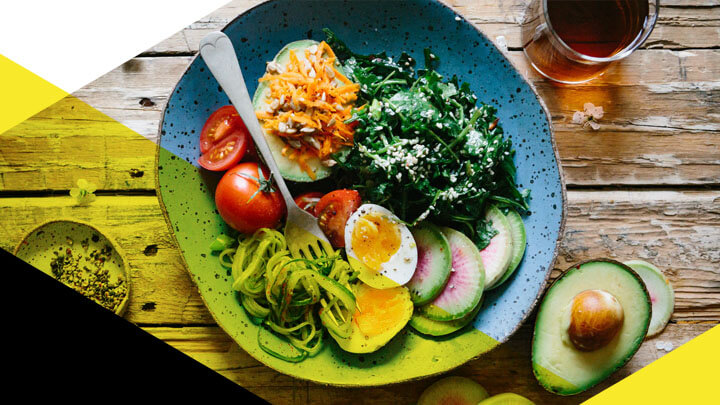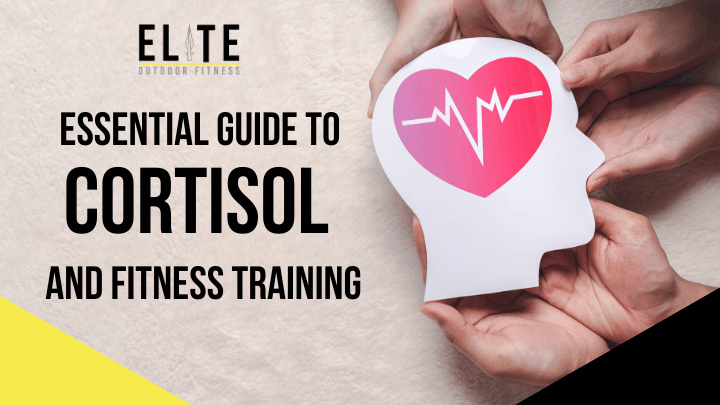3 common nutritional mistakes that aren’t your fault
Great marketing techniques are the culprit for all 3 of the common nutritional mistakes I’m going to address in this article.

As a nutritional coach I’ve seen all sorts of mistakes when it comes to the foods my clients believe are healthy for them. But, in all fairness, it’s not their fault. Great marketing techniques are the culprit for all three of the common nutritional mistakes I’m going to address today.
Foods claiming to be part of your 5-a-day
While trying to achieve their daily 5-a-day of fruits and vegetables, many are duped the fact that they believe the fruit juice is really going to help achieve their optimal intake. First off, blending and juicing strips the fibre content in the fruits and vegetables which leads to overconsumption per serving (have you ever tried eating the same amount in real fruit and vegetables?), and is simply just coloured sugar.
These items may contain the vitamins and minerals they claim but the negatives severely outweigh the positives here. You’re better off eating the real thing and topping up with a multivitamin if you’re unable to reach your required intake.
High protein claims
Eating a diet rich in protein is something I’m passionate about helping my clients achieve, but only when those are natural sources. Many products are now promoting themselves as high in protein when that simply isn’t the case. At least 12% of the energy value of a particular food needs to be provided by protein in order for it to make the claim that it’s ‘a source of protein’.[i] While at least 20% of the energy value allows you to claim the item is ‘high in protein’, which is where it can become very misleading, for two particular reasons.
Total calories
Peanut butter is often labelled as a source protein, but the number of calories needed (188cal) in order to achieve a fairly low amount of protein (8g), it’s easy to see how someone can begin to excessively over-eat whilst chasing more protein, especially when the source is ‘complete’.
Plant-based proteins are unfortunately incomplete proteins and also have a lower bioavailability than animal sources. An incomplete protein requires an additional protein in order to become complete – vegetarians have long been told to couple rice and beans in order to achieve, so you can quickly begin to see where the calories add up.
Bioavailability
The bioavailability of a protein measures how efficiently the body utilises the protein source:
“casein has been shown to provide the greatest benefit for increases in protein synthesis for a prolonged duration. However, whey protein has a greater initial benefit for protein synthesis.”[ii]
Regardless of your age or activity levels, a positive protein balance is essential for optimal and long-term health. But, unfortunately the numbers aren’t always right.
Following RDA
The current Recommended Daily Allowance (RDA) suggestions aren’t for optimal health, but for avoiding a deficient state, yet it’s often misrepresented and misinterpreted as a recommended optimal intake.
A 2010 study[iii] looked at four popular diets; a low-carbohydrate plan, a Mediterranean style diet plan, The South Beach Diet, a medically-based plan to reduce high blood pressure, and a low-fat plan, to determine their effects at protecting against micronutrient deficiencies.
All of the diets failed to supply the RDA for 27 essential micronutrients. In fact, an average daily calorie intake of around 27,575 calories is needed in order to obtain 100% sufficiency. Which brings into dispute two questions:
- Is the RDA unreliable and incorrect?
- Or, is the RDA calculated to help pharmaceutical companies profit from our so-called lack of vitamin and minerals?
The one thing that is for certain in all of this, and that’s the need for real food. Eating a variety of whole foods, rich in both protein and fibre in order to increase satiety and minimise snacking, will deliver far better results than foods claiming to be something they’re simply not.
If you’d like help improving your health habits, check out www.nutri-train.com for FREE e-books and blogs, my online coaching services and so much more.
References:
[i] file:///Users/jc/Downloads/8961_FSAI_Food_Health_Claims_AGR_Accessible.pdf
[ii] https://www.ncbi.nlm.nih.gov/pmc/articles/PMC3905294/
[iii] https://www.ncbi.nlm.nih.gov/pmc/articles/PMC2905334/
Related Articles
If you've enjoyed this post why not try these related articles…



